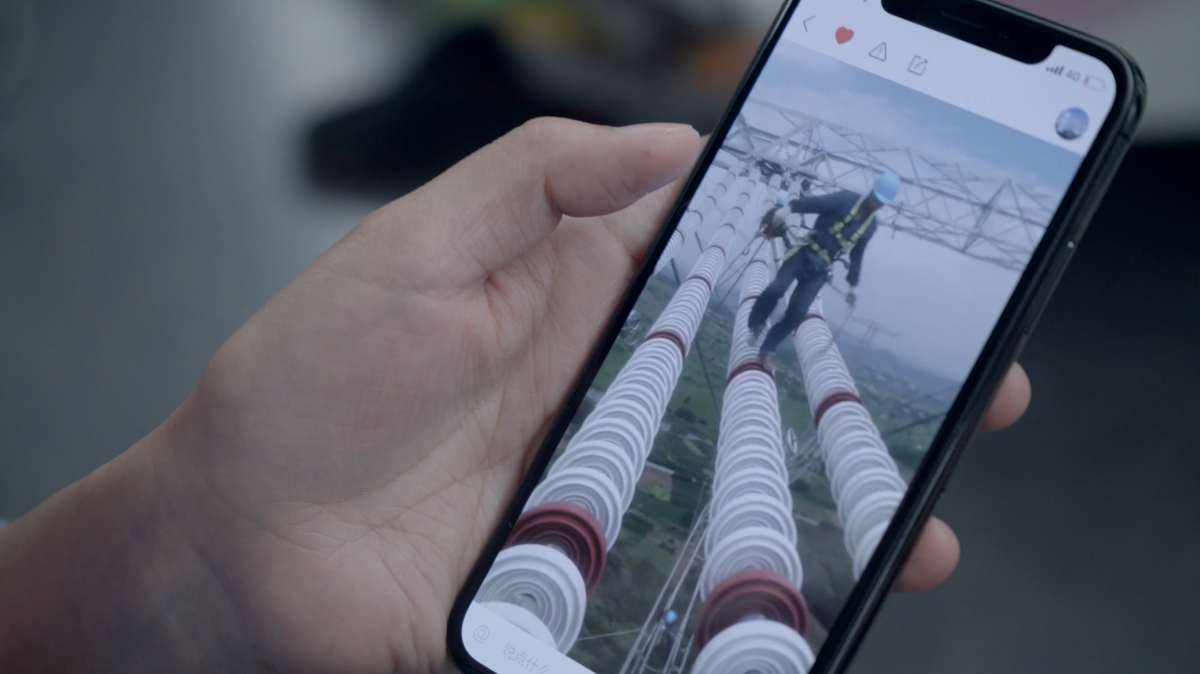Nida Art Colony presents Bitcoin Mining and Field Recordings of Ethnic Minorities (2018), a work originally commissioned with the support of the Mao Jihong Arts Foundation for Cosmopolis #1.5: Enlarged Intelligence, an exhibition that took place 2018 in Chengdu, Sichuan Province, in south-west China. The Cosmopolis platform was launched by the Centre Pompidou in 2016 to highlight research-based creative practices that are rooted in a particular context yet engage in international conversations, reflecting on cultural translation and the situatedness of knowledge. The project engaged with urban and rural space, and the shifts in the dynamic between them due to the digital economy and other technological, ecological, and cultural transformations. NAC shares affinity with the Cosmopolis project via its commitment for engaged work of how we today may draw on intelligent technologies, as well as on ecological intelligence, to advance social values—rather than leaving capital to largely define the uses of these techniques and knowledge systems.
Researched with the curator and researcher Yang Beichen, in Bitcoin Mining and Field Recordings of Ethnic Minorities, the artist Liu Chuang investigates how cryptocurrency mining in China is partially powered by cheap hydroelectricity in remote mountainous areas that are home to ethnic minorities who have historically maintained antagonistic relationships with Han Chinese states. Today, bitcoin mines that take up about 70 percent of the world’s computing power are distributed in Southern Asia, overlapping with the Zomia regions, abundant in hydropower. The ethnic minorities referred to by the title of this video installation are specifically those who inhabit these regions.
The video includes drone photography of river valleys and dams, as well as footage taken from the social media accounts of power-line repairmen. Narration in Muya, a language related to Tibetan, accompanies the collage of the three video screens.
The work draws attention to a vast array of topics – from the history of the telegraph to touch-pad technology, from modernity in pre-1949 China to sci-fi movies, from B-grade new wave remixes to the influence of Mongolian culture on film costume design. The work also cites early archival footage, along with two renowned 1970’s science-fiction films—Spielberg’s Close Encounters of the Third Kind and Tarkovsky’s Solaris. Chuang analyzes the sources of the sounds and images of alien characters in the films, concluding that they are in fact taken from the audio and visual archives that early anthropologists accumulated of different ethnic minorities during their field research.
This work weaves the seemingly unrelated subjects of bitcoin mining and the field recordings of ethnic minorities into one narrative. The origins of these two infrastructures are directly linked with the history of nation states: one is a technology of culture, using modern recording and photographic technologies, as well as museums and the archive to construct knowledge systems of modern nations including, for example, the titular field recordings that are derived from ethnomusicologists’ interest in these particular minorities; the other is a virtual currency technology existing on the internet, one that attempts to find a way out of centralised national currency systems yet is embedded in their infrastructure, developing a parasitical and affirmative state of coexistence.
With references to Tarkovsky’s Solaris and the story of the astronauts as the original colonisers of space who were ultimately colonised themselves by the space they had intended to take power of, Chuang, at least in our imagination, manages to draw possibilities of counter narratives and counter power. The work questions how things might have gone the other way, if the histories of those exploited and dislodged for infrastructure purposes, or abused as subjects of cultural, anthropological, and scientific explorations that led to cultural appropriation, were twisted. This is a history not unknown to the Baltic states, coping to define their position in-between current and past geoterritorial, infrastructure, and technology projects of the surrounding geopolitical powers. These tiny nation states and the communities populating the Baltic region, even smaller in number than the ethnic minority groups addressed in Chuang’s video work, can relate well to the experience of losing space, identity, and culture, learning to mutate and managing to keep alive histories, memories, knowledge, and languages. Chuang’s method to interweave the perspective of traditions and folklore with politics of infrastructure can serve for this local region to look closer at the powers at stake, their ongoing agendas as well as their formats of fortification and materialization.
Liu Chuang lives and works in Shanghai. Solo exhibitions include: Antenna Space co Qiao Space (2019); Mother’s Tankstation, London (2018); Magician Space, Beijing (2015); K11 Wuhan, Wuhan (2015); Taikang Art Space, Beijing (2014); Kunsthall Stavanger, Stavanger (2014); Salon 94 Freemans, New York (2014); Leo Xu Projects, Shanghai (2012). Major group exhibitions include: Cosmopolis #2, Centre Pompidou, Paris (2019); 5th Ural Industrial Biennial Of Contemporary Art, Ekaterinburg, Russia (2019); Cosmopolis #1.5: Enlarged Intelligence, Centre Pompidou & Mao Jihong Arts Foundation, Chengdu, China (2018); Long March Project: Building Code Violations 3 – Special Economic Zone, Guangdong Times Museum, Guangzhou, China (2018); Foundation Louis Vuitton, Paris (2016); Para Site, Hong Kong (2016); Haus der Kulturen der Welt, Berlin (2016); 10th Shanghai Biennale curated by Anselm Franke, Shanghai (2014); 10th Gwangju Biennale, Gwangju (2014); Tampa Museum of Art, Tampa (2014); Rubell Family Collection, Miami (2013); UCCA, Beijing (2013); Whitechapel Gallery, London (2012); Minsheng Museum, Shanghai (2011); China Power Station, Pinacoteca Agnelli, Turin (2010); New Museum of Contemporary Art, New York (2009); and Astrup Fearnley Museum of Modern Art, Oslo (2007). Liu Chuang is represented by Antenna Space, Shanghai.
Curator: Egija Inzule
Graphic design: Nerijus Rimkus
Furniture: Jurga Daubaraitė, Jonas Žukauskas
Installation: Vytautas Narbutas
Liu Chuang Bitcoin Mining and Field Recordings of Ethnic Minorities
17 July – 16 August 2020
Tuesdays through Sundays, 12:00 – 19:00
Nida Art Colony of the Vilnius Academy of Arts
E. A. Jonušo str. 3, Nida
The exhibition is co-funded by Lithuanian Council for Culture.






























